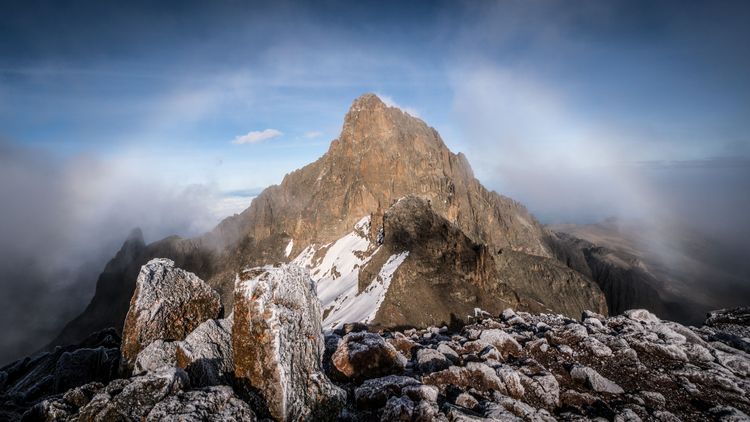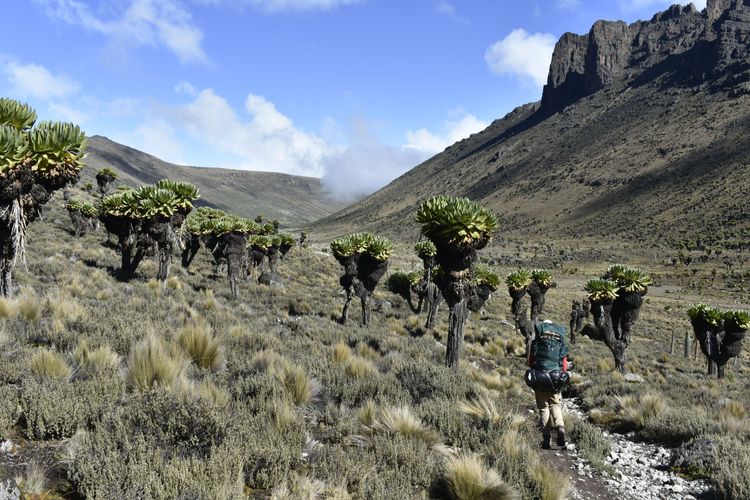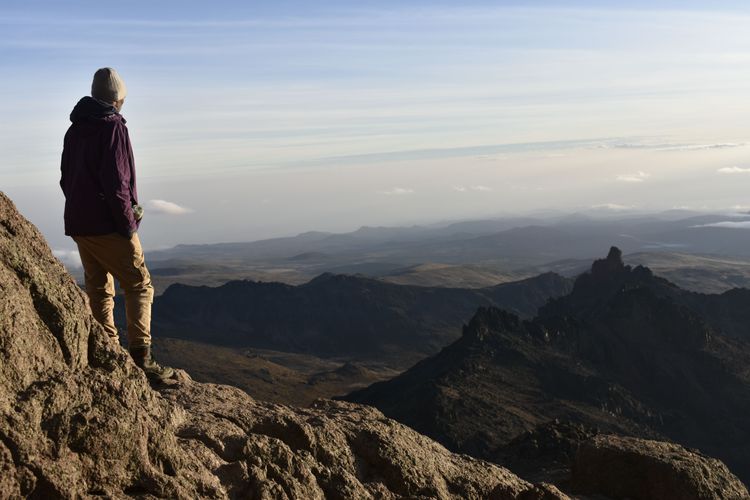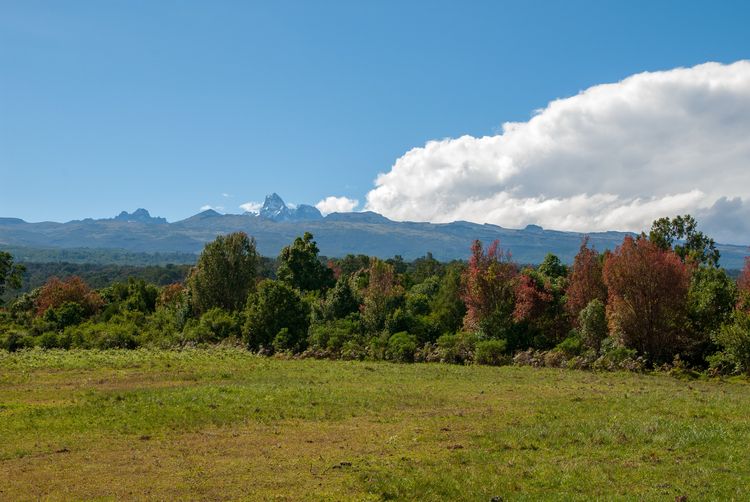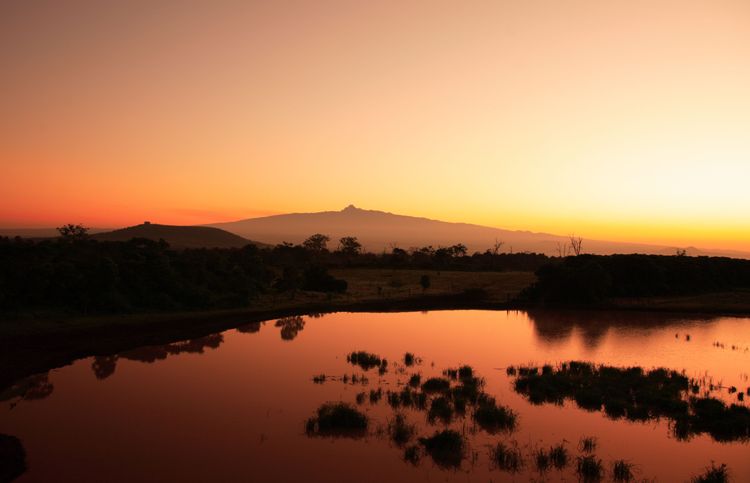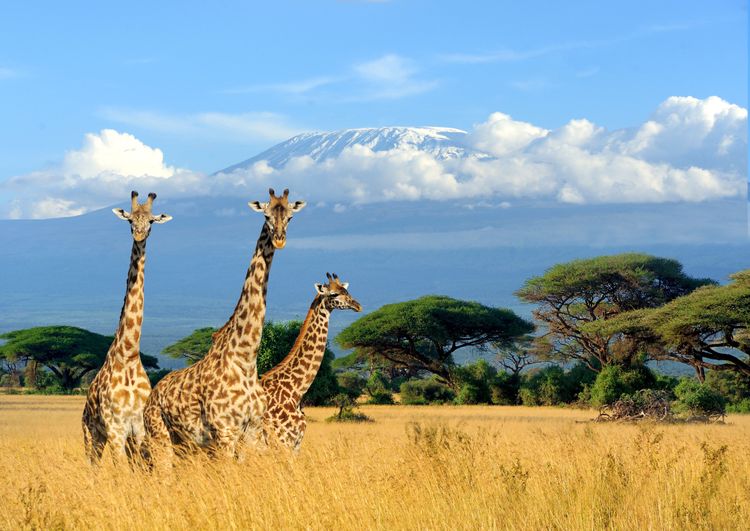A little-known peak that is often overshadowed by its neighbour Kilimanjaro, Mount Kenya is no less impressive. The second highest peak in Africa after Kilimanjaro, it nevertheless reaches a height of 5,199 metres. Its peaks can be seen through the clouds. The three highest peaks bear the names of former Maasai chiefs, a tribe from this region of East Africa: Biatan, being the highest peak, Nelion and Lenana.
 kenya
kenya
